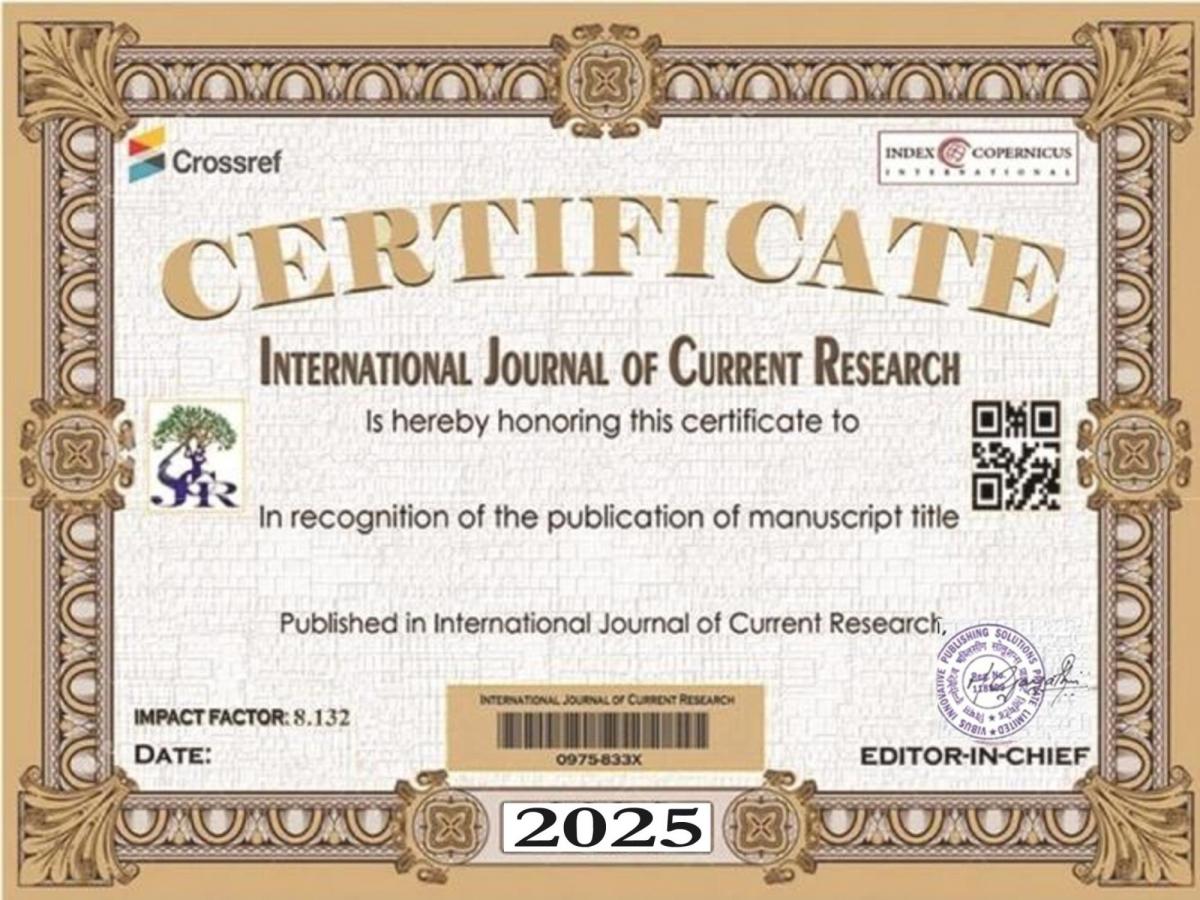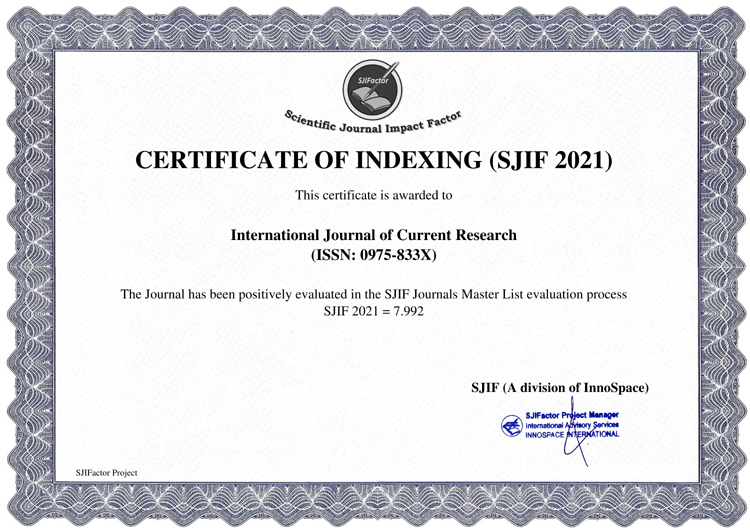In this study, we examine the efficiency of regulated (poultry and eggs) and non-regulated (fruits and vegetables) Agricultural Marketing Co-operatives using profit estimations. Time series data that spans from 1984 – 2001 was obtained from various institutions in Canada for the analysis. A Translog production function was specified and the analysis was carried across the above mentioned Agricultural Marketing Co-operatives. The empirical results reveal that, in general, these the co-operatives do not have equal economic efficiency; each co-operative has its own level of efficiency. This result also suggests that the co-operatives may be operating with different kinds of technologies within the same sub-sector and across various sub-sectors. These results imply that each co-operative has its own level of efficiency. Equal and absolute allocative efficiency were also tested and the results showed that the hypothesis of equal or absolute efficiency is rejected for the two groups of co-operatives. This means that that the allocative efficiency of the co-operatives is not equal and neither are they absolute. The elasticities of the regulated co-operative (poultry and eggs) were less elastic as compared to those for the non-regulated co-operative (fruits and vegetables). Further, the results imply that the regulated co-operative did not exhibit any undue advantage over the non-regulated co-operative that might be attributed to supply management. The empirical results from the profit and efficiency estimations showed that the individual co-operatives are not technically or allocatively efficient. These results have policy implications regarding the management of co-operatives in the sense that supply-managed co-operatives may have to be more concerned about improving efficiency.





